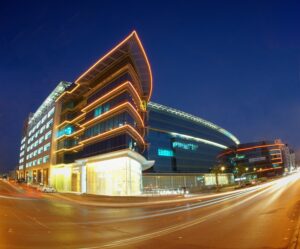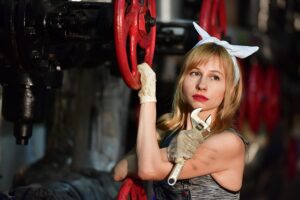Commercial destratification fans optimize air circulation and temperature control in commercial spaces, integrating seamlessly with HVAC systems. Their variable speed technology offers precise control, adapting to dynamic space needs for significant energy savings and improved comfort. Essential for modern workplaces, these fans enhance productivity and employee satisfaction while promoting environmental sustainability. Future advancements include smart sensors and advanced controls for enhanced HVAC performance.
Commercial destratification fans play a vital role in maintaining optimal air quality within dynamic work environments. This article explores the evolving world of variable-speed commercial destratification fans, focusing on their ability to adapt to changing needs. We delve into the fundamentals of these fans, highlighting the significance of variable speed for enhanced efficiency. Furthermore, we discuss how they cater to dynamic settings, offer cost savings and energy efficiency benefits, and examine emerging trends shaping the future of commercial ventilation solutions.
- Understanding Commercial Destratification Fans
- The Role of Variable Speed in Efficiency
- Adapting to Dynamic Work Environments
- Benefits: Cost Savings and Energy Efficiency
- Future Trends in Commercial Ventilation Solutions
Understanding Commercial Destratification Fans
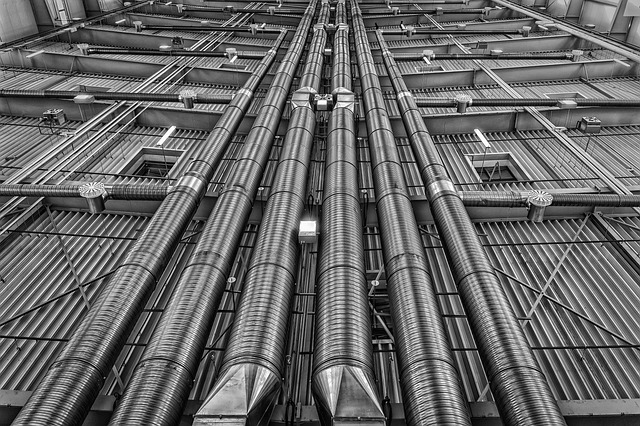
Commercial destratification fans are specialized ventilation systems designed to improve air circulation and temperature control in various commercial spaces. These fans play a crucial role in maintaining optimal conditions within office spaces, retail stores, and other commercial buildings, ensuring both energy efficiency and workplace comfort. By circulating air evenly throughout the building, they promote temperature uniformity, which is essential for enhancing indoor air quality and reducing heating cost.
Destratification fans are typically ceiling-installed and work harmoniously with existing HVAC (heating, ventilation, and air conditioning) systems. They are particularly effective in large open-plan offices or retail stores where static air can pool near the ceiling, creating temperature disparities. By moving cool air down and warm air up, these fans facilitate a constant exchange, preventing hot spots and cold zones that can impact productivity and employee comfort. This strategic approach to air circulation is a key component of HVAC optimization, ensuring energy-efficient operations while providing a comfortable environment for occupants.
The Role of Variable Speed in Efficiency
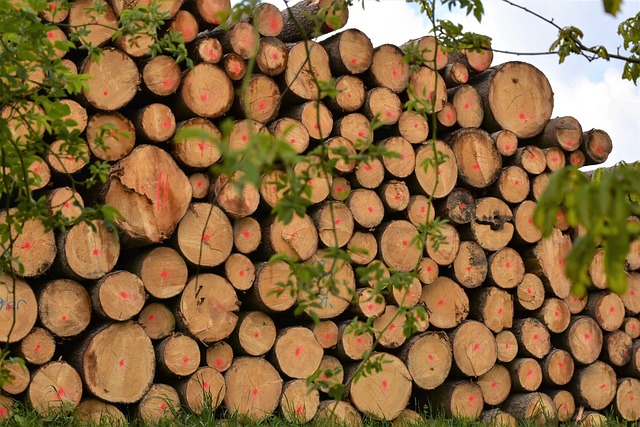
In the realm of commercial destratification fans, variable speed technology plays a pivotal role in enhancing efficiency and optimizing performance. Unlike traditional fans that operate at fixed speeds, variable-speed models allow for precise control over air circulation, catering to the dynamic needs of various spaces such as office spaces, retail stores, and commercial buildings. This adaptability is key to achieving energy efficiency and maximizing HVAC optimization, especially in large venues where temperature uniformity can be a challenge.
By adjusting their speed according to real-time environmental conditions and occupancy levels, these fans ensure optimal air circulation systems without wastage. This not only contributes to heating cost reduction but also significantly improves workplace comfort. Whether installed as ceiling fixtures or tailored for specific applications, variable-speed commercial destratification fans offer a dynamic solution that balances energy efficiency with consistent temperature regulation, making them indispensable in modern and diverse indoor environments.
Adapting to Dynamic Work Environments
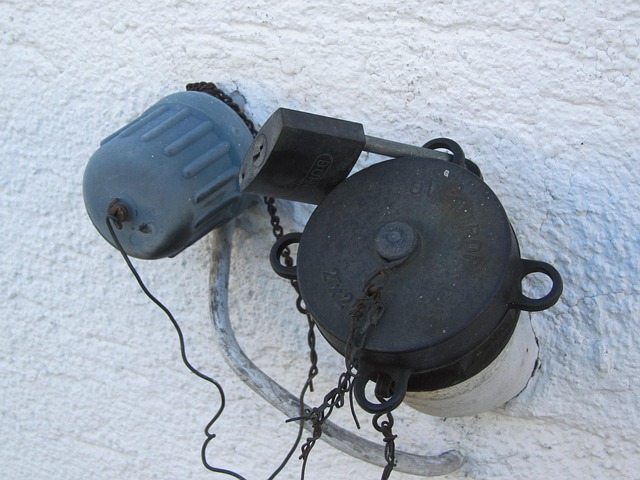
In dynamic work environments, commercial destratification fans play a pivotal role in maintaining optimal conditions across various spaces, from bustling office spaces to energy-efficient retail stores. These variable-speed fans are designed to adapt to changing needs, ensuring temperature uniformity and maximizing air circulation systems within commercial buildings. By adjusting their speed accordingly, they can significantly contribute to HVAC optimization, leading to substantial heating cost reduction and enhanced workplace comfort.
Whether installed in ceiling settings or utilized for specific applications, commercial destratification fans offer a versatile solution for maintaining a productive and comfortable atmosphere. Their ability to cater to diverse requirements makes them indispensable assets for modern workplaces, where energy efficiency and employee satisfaction go hand in hand.
Benefits: Cost Savings and Energy Efficiency

Commercial destratification fans with variable speeds offer a myriad of benefits, especially when it comes to cost savings and energy efficiency in various business settings like commercial buildings, office spaces, and retail stores. These fans are designed to optimize HVAC systems by carefully managing air circulation. By adjusting the speed according to specific needs, businesses can achieve significant energy savings without compromising on temperature uniformity. This is particularly beneficial for large spaces where maintaining even heating or cooling can be challenging.
The variable-speed feature allows for precise control over air movement, ensuring that no area remains overlooked. As a result, ceiling installations of these destratification fans can effectively reduce heating costs during colder months and minimize cooling expenses in warmer seasons. This adaptability not only contributes to environmental sustainability but also enhances workplace comfort, creating a productive and pleasant atmosphere for employees.
Future Trends in Commercial Ventilation Solutions
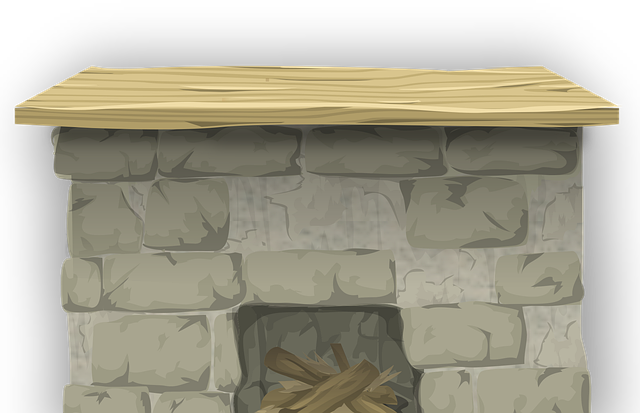
The future of commercial ventilation lies in innovative solutions that cater to evolving needs and environmental concerns. Commercial destratification fans are at the forefront of this revolution, offering a dynamic approach to maintaining optimal air quality and temperature uniformity in various spaces, from bustling retail stores to serene office environments. As sustainability gains prominence, these fans are being designed with energy efficiency as a core principle, ensuring reduced heating cost and minimal environmental impact.
Advanced control systems and smart sensors will play a pivotal role in the next generation of commercial ventilation solutions. These technologies enable precise HVAC optimization, allowing for seamless adaptation to changing occupancy patterns and external conditions. By focusing on both comfort and sustainability, future air circulation systems will contribute significantly to creating healthier, more productive environments across different types of commercial buildings, ultimately enhancing workplace satisfaction and efficiency.
Commercial destratification fans, powered by variable speeds, are revolutionizing ventilation solutions. Their adaptability to dynamic work environments, coupled with significant cost savings and energy efficiency, makes them an indispensable asset for modern businesses. As we look ahead, ongoing innovations in fan technology promise to further enhance their performance and versatility, ensuring optimized air circulation and improved indoor environments for years to come.


